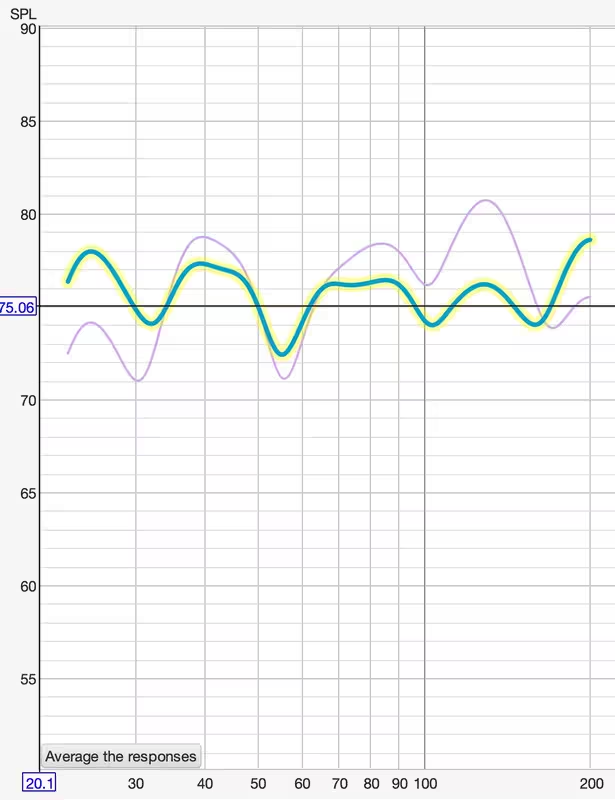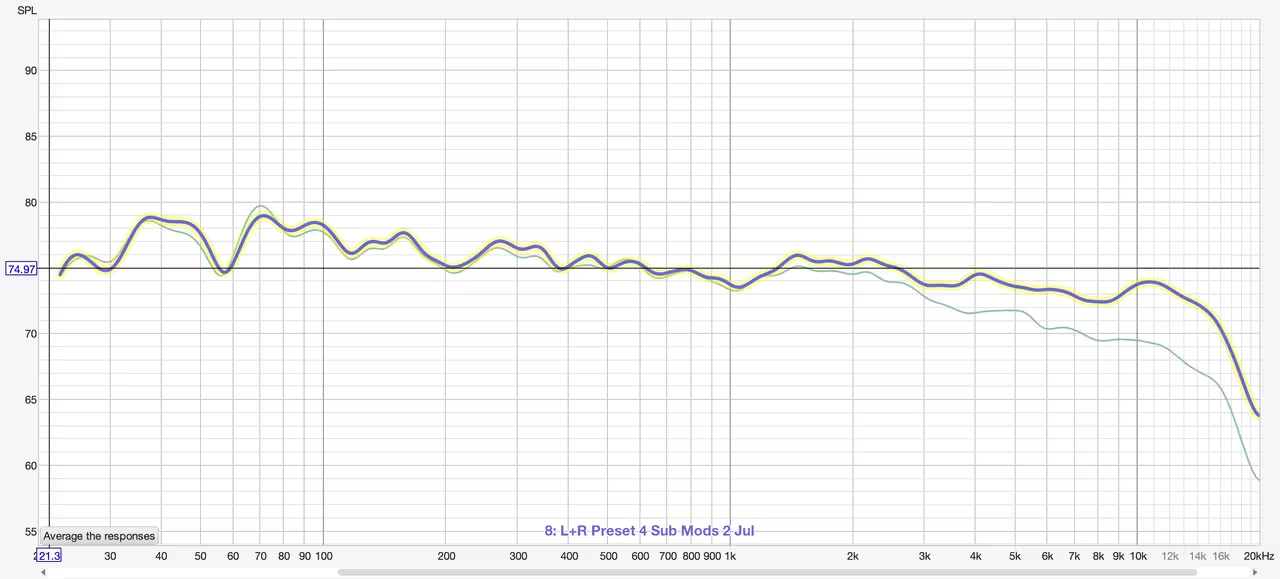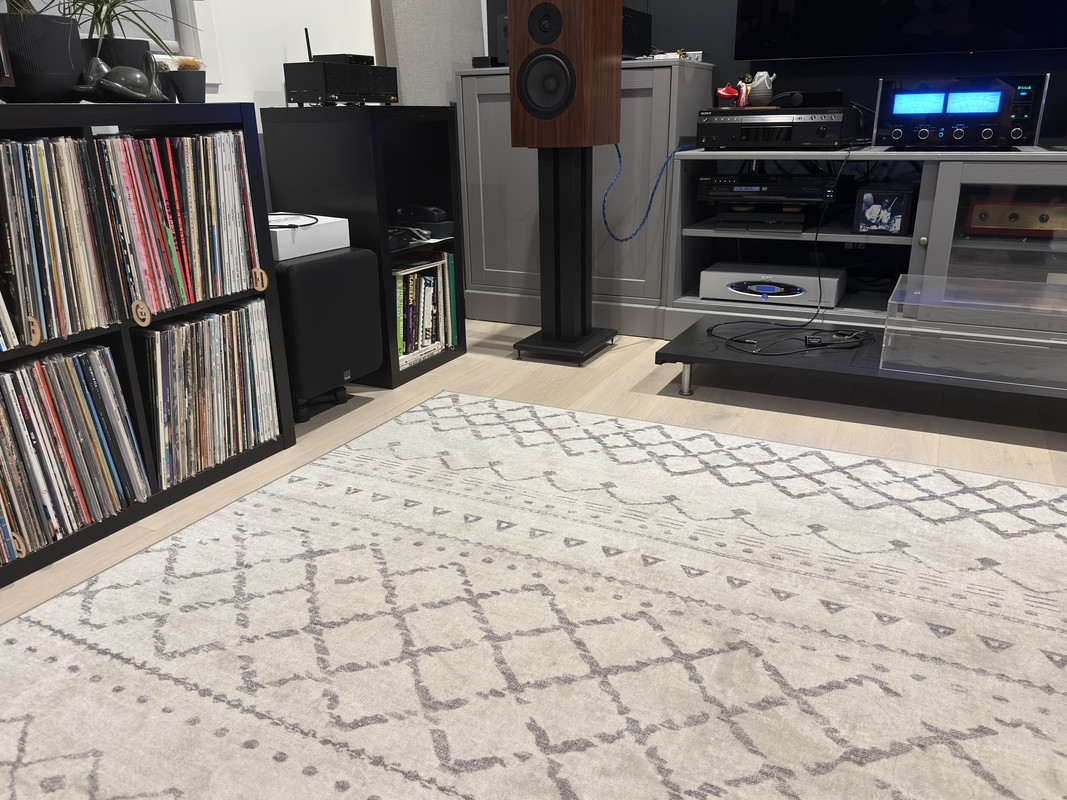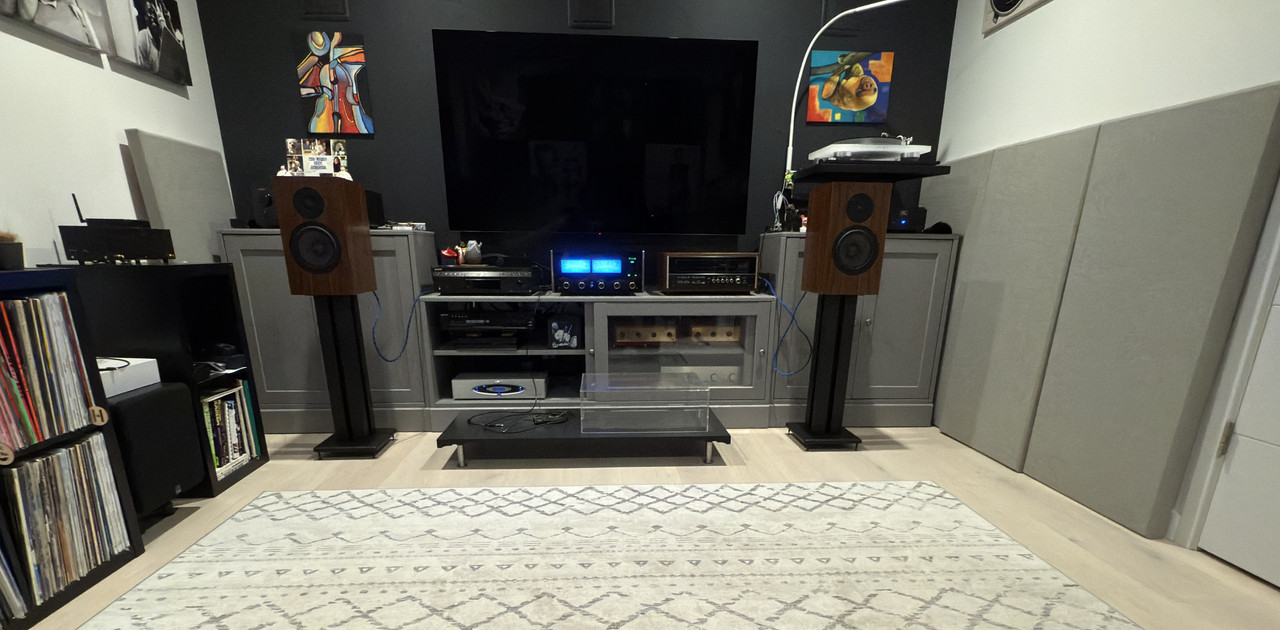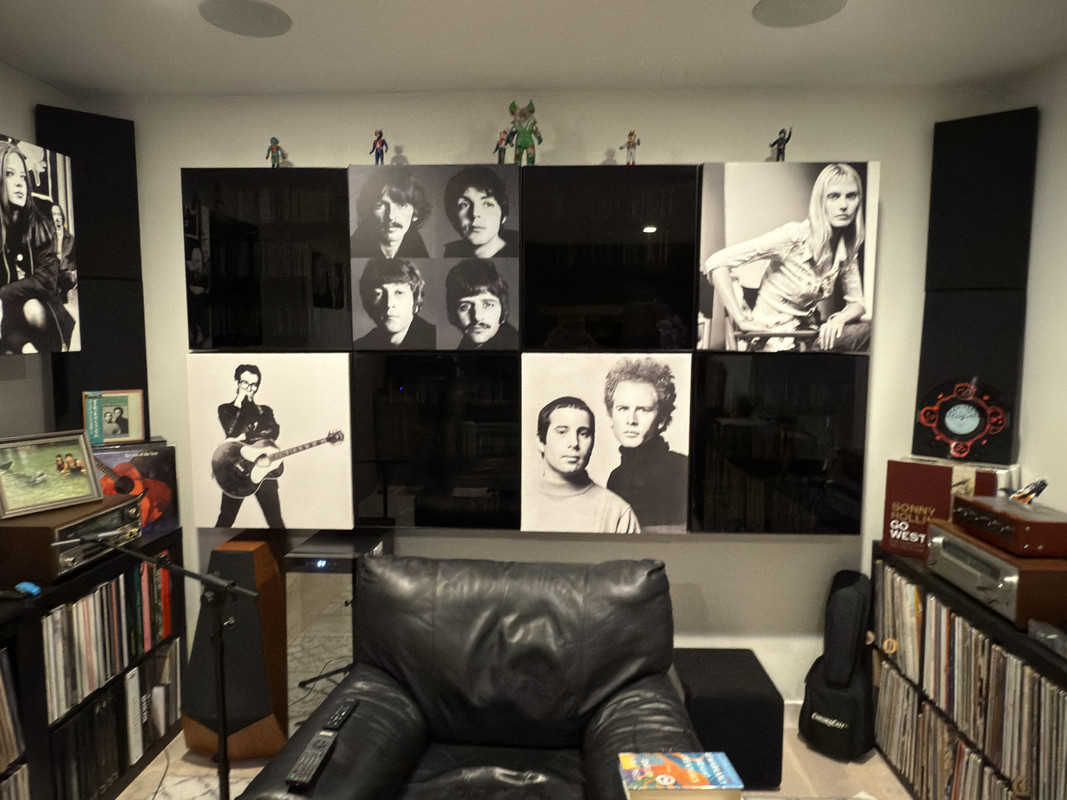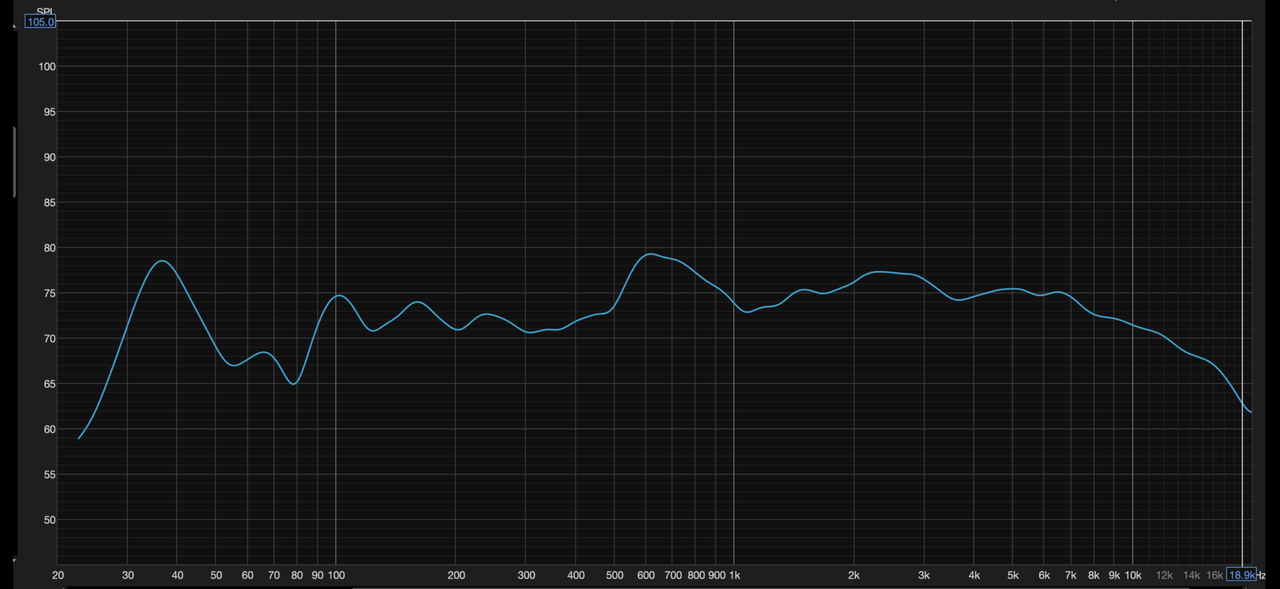You should take your REW questions to that forum, but generally speaking, sub integration is not that complicated. miniDSP has a really good document on how to do so here.
Fritz is an excellent choice of main speaker. Before integration though I’d suggest you consider your room acoustics. Fritz travels with 4-6 panels in hotel rooms for a reason. A highly reflective room will make those speakers sound unbalanced and lack bass. I’d strongly suggest you deal with that before making further adjustments.
A couple of other tips is to go as high as you can with your subs. 80 Hz is great. Measure with the speaker ports sealed. I use 100% virgin alpaca wool from a hidden tribe in the Andes who only come out to trade with others once very 50 years.... OK, sorry, that’s a joke. Just clean socks in the ports. This is a tip for almost any ported speakers when you have enough subs. It makes integration a little easier and reduces distortion a little. Of course, it’s reversible so if you hate it you can pull the socks out.
Unfortunately many audiophiles fall into the trap of "I bought main speakers that go down to 25 Hz so I only need a sub for 5 Hz more!"
Seriously, eff that, especially with high pass filters via miniDSP. Plug your mains, set the high pass filters at 80 Hz and try to do 4th order. That will make crossing to a sub with 4th order low pass super simple.
Good luck!


